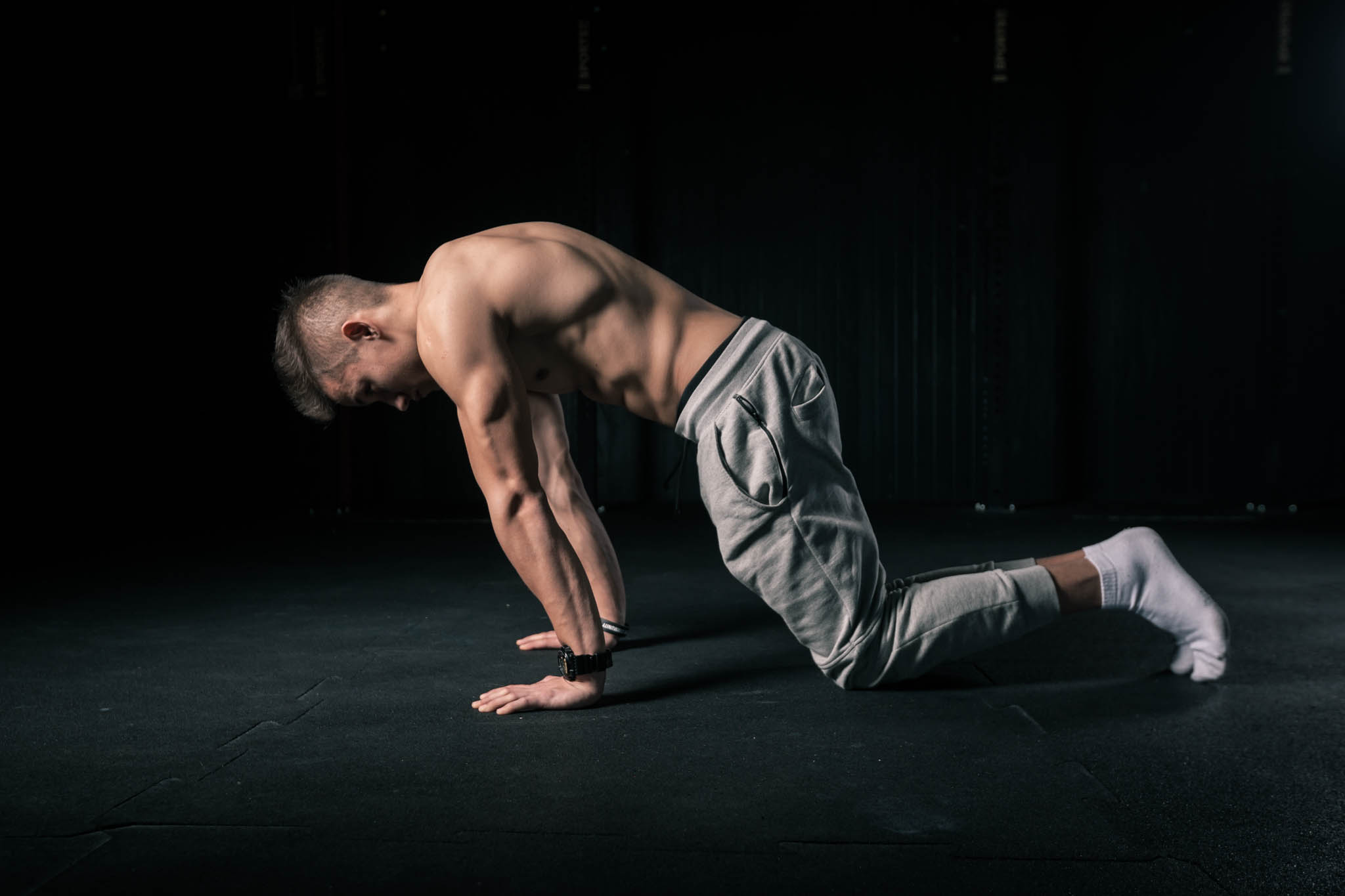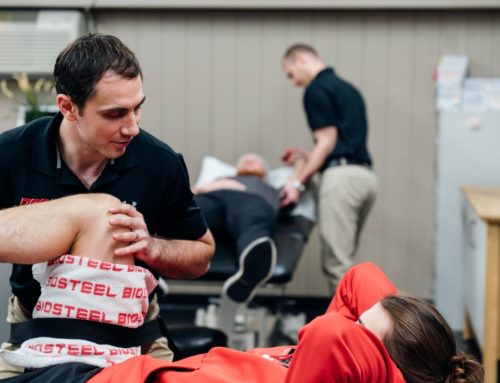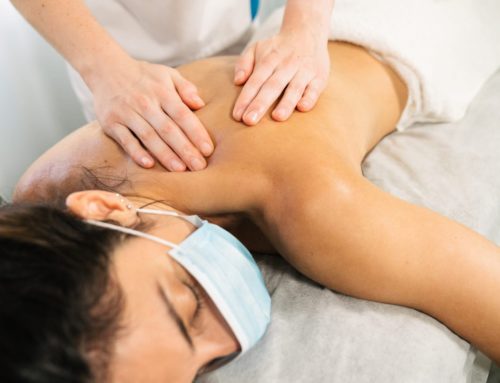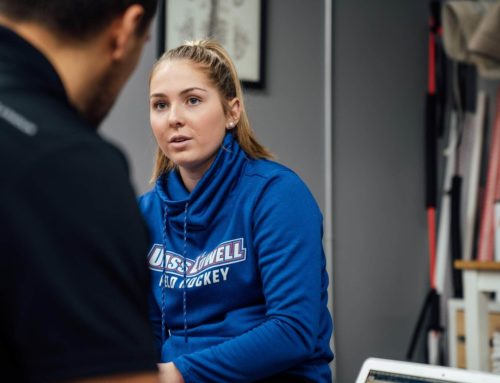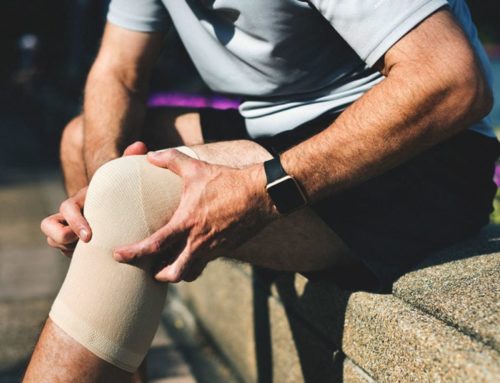If you’ve ever read up on the top habits of successful CEO’s and business moguls, you’ve likely stumbled upon the fact that most are staunch believers in a productive morning routine.
Morning routines are that sweet time when the kids aren’t awake yet, the world is still sleeping, and mindfulness comes easy. In our busy society, it’s increasingly important to find time to take care of our bodies and minds whenever possible.
Within a productive morning routine exists an array of possibilities: drinking water to kick-start your bodies most essential functions, taking 10 minutes to meditate and gather your thoughts, or enjoying a cup of coffee while browsing your favourite novel. These are all solid options.
Of all the options, exercise is among the best (says the personal trainer!) And more specifically, adding a mobility routine to your morning may be the best option for you. Here’s why:
- Mobility is movement. In a society that encourages inactivity and sedentary behaviour, taking any opportunity to get up and lower your risk of health complications associated with being dormant is so important. What’s more: just like you drink water to improve bodily functions in the morning, exercise improves cognitive function by stimulating your nervous system. Want to feel better to start the day? Get moving.
- Mobility training can be done anywhere, without any weights, in a short period of time. As you’ll see in the videos below, you can do these drills in tight quarters and relatively quick! No excuses.
- Mobility is most beneficial when it is done consistently (like most physical activity). The problem is most people don’t know how to do it, or don’t prioritize it. If you make it a part of a morning routine, it’s more likely you’ll keep up with it once you get in the habit.
Here are 5 drills you can try at home with no experience and just a bit of space. The key to these are that they are active, not passive, like stretching. Mobility requires that you keep moving and try to own your movement capabilities at all points of the movement. Try to move with your breaths and you’ll feel great after completing these a few times.
Pigeon to Half Kneeling Warrior Pose: Start in a push up position. Cross one leg in front of you at 45 degrees, with the outside of your bent knee on the inside of your wrist. Sit back into the hip of your lead leg , sliding the rear leg further back as you sit deeper. Then, step forward with your trail leg into the warrior pose. Arms to ears, hips forward, avoiding the urge to lean back too far. After an exhale at the stretched position, swing your front leg back around to your pigeon pose, and exhale again. Repeat 5 times per leg.
90-90 Transitions: Begin seated with one leg in front of you, knee bent to 90 degrees. Your hip should align with your knee. The trail leg will be perpendicular to your trail hip, knee also bent at 90 degrees (hence 90-90). Sit up tall, puffing your chest out. To initiate, lift your trail foot onto the toe. Then lift that knee off the ground, without turning your body. Once you run out of room, start to follow your trail leg with your body, keeping your front knee pinned to the ground as long as possible. In the middle, pause, and sit up tall. Then, draw the new trail leg down across your body, without moving your body. Follow with your body, and find yourself in the opposite 90-90 position. You can modify this by leaning back on your hands more, or elevating your hips on 1-2 pillows. Focus on moving the hips independent of the body. Repeat for 5 reps a leg.
Cat/Camel: Start on all fours – hands under shoulders, knees under hips. Start with a big breath in, then push your hands into the ground and arch your back toward the ceiling, spreading your shoulder blades and tucking your chin as you exhale. Pause to breath in, start to relax your lower back first, then begin to soften your shoulders and neck as you pull your stomach toward the ground, arching your back the opposite way and actively pulling your neck back to look up. Repeat for 8-10 reps to get your spine moving sufficiently!
Side lying windmill: Start on your side with your knees tucked up by your chest. Grab your knees with your bottom arm, and put your top arm straight out in front of your chest. Take a big breath in and begin to roll your shoulders toward the ground, drawing an imaginary circle above your head with your top arm. Meanwhile, keep your knees pinned down to the ground with your bottom arm to make this drill effective. Follow your arm with your head and neck. Repeat for 8-10 reps an arm.
Squat to Stand: begin standing with feet hip width apart. Stick your hips out behind you, and begin to lower your butt down and back, as if you’re sitting into an imaginary chair. Bend the knees, and keep pressure in the front of your heels, not your toes, and think of ripping the floor apart with your heels. When you’ve reached your end range, begin to straighten your legs as you lean further forward. Keep a slight knee bend, drive your heels into the ground, and straighten all the way up with your torso. You should feel more of a stretch in the back of your thigh during the second portion of the movement. Repeat for 8-10 reps.
I’d recommend doing these drills just once each to start. Then, add more reps or rounds of each as you get more comfortable with them. Use this time to explore your body; how are you feeling? Do you find you struggle with any movements? What needs work? These are all talking points you can bring to your fitness professional so they can better aid you in your fitness journey.
Also, it’s worth noting that these are great drills to do throughout the day as well! ALL movement is beneficial when it comes to maintaining our bodies health. Give these a try at work, you know, if you don’t care what people think of you 😉
I hope this helps! Feel free to reach out to me at [email protected] with your questions and comments. Or, give me a follow on Instagram at @nate_depthtraining for more mobility drills and tips!
Written by: Nate Farrish, Personal Trainer, Fitness Instructor

